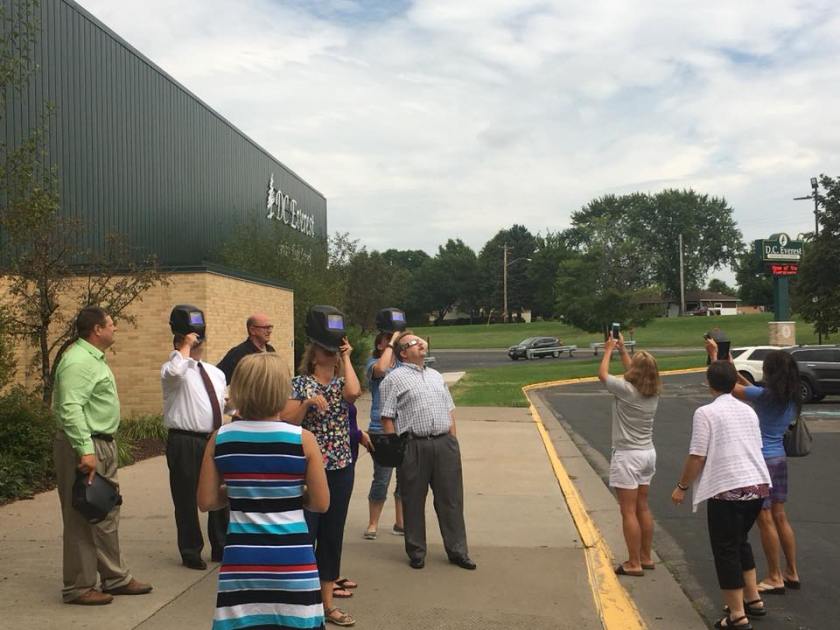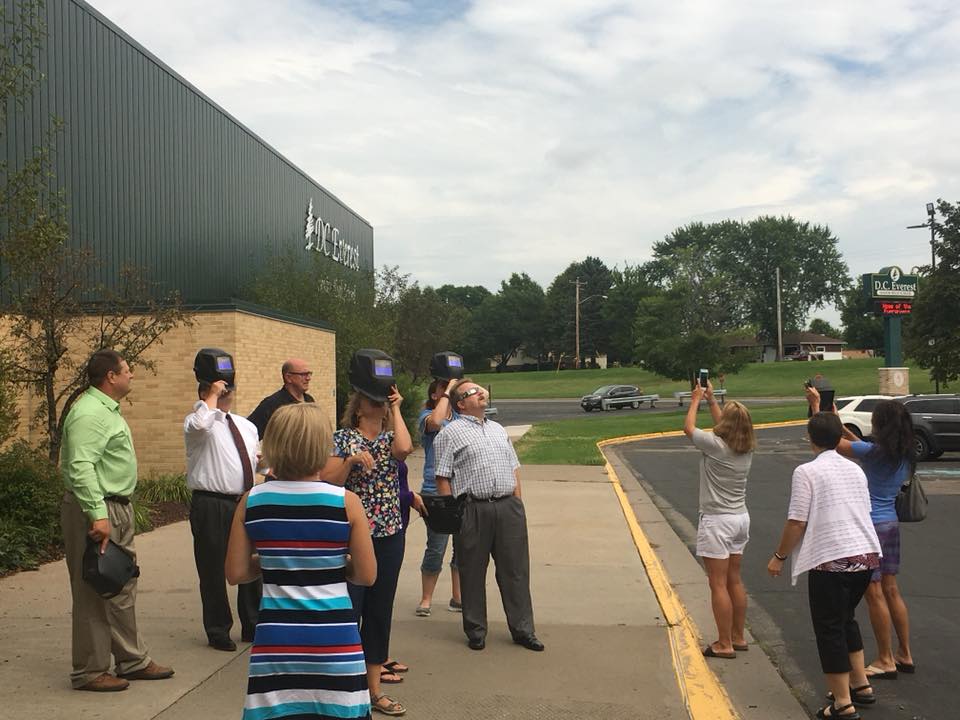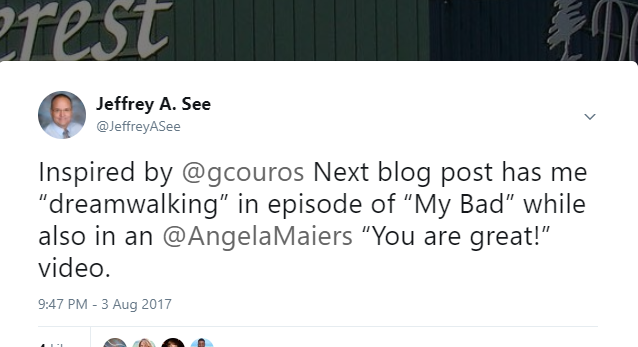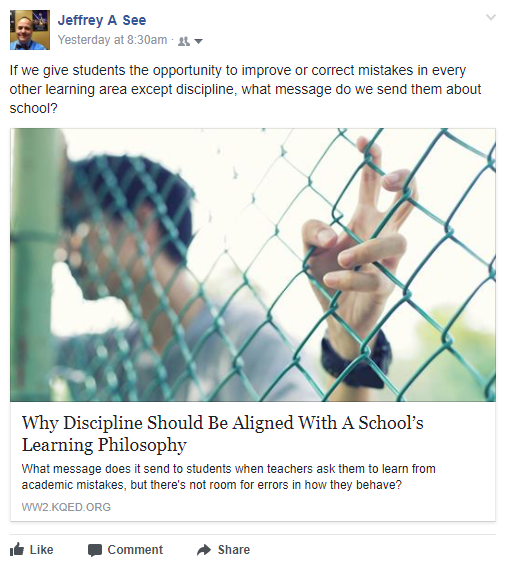
The words Data Retreat and Empowerment do not seem like they belong in the same sentence. That could not be further from the truth. On Monday, like a lot of school districts across the country, the DC Everest School District sat down as schools to look through our data and identify actionable goals for the upcoming school year that align with district priorities. Still doesn’t sound like much fun? It is when you look at what happened on Monday.
As a young teacher at Oshkosh West, I worked under a number of principals who felt that a top-down approach would move the school where it needed to go. After all, the principals were experts and professionals and we expected them to have all of the answers. Too often, though, they were experts in their content areas and sometimes sound school managers but could do little to move the needle on student achievement. Towards the end of my time as a classroom teacher, two administrators – Ann Schultz and @Erin Kohl – trusted the staff as professionals who believed in teacher self efficacy and they let go of the reigns.
Ann got some tough feedback her first year as our principal and rather than rationalizing it away or dismissing it, she took that feedback and made meaningful changes to empower staff the following year. It was the beginning of a turn-around.
Erin came in after a career in elementary education and quickly recognized what a tremendous staff she had and she continued to leverage the power of her staff and leaders. She worked with a team of staff leaders who read Jim Collins Good to Great and developed their “Hedgehog” focus – that one thing Oshkosh West could do great. And then she worked with staff and got out of their way.
This takes me back to the photo that leads this post. In the middle of all of our messy work, we took time out to take in the wonder of the full solar eclipse. Some staff members took a quick look and passed welding masks or glasses to other members so they could experience the same totality. I became even more impressed when some of the staff took the equipment to a group of student athletes so that they, too, could share the experience.
That one small act exemplified the work we had done that morning and afternoon. Teachers wanted to share their passion and excitement with students and each other. As administrators, we jumped right in with our staff and enjoyed the ride – rather than act as task masters who had to complete an assignment.
As we went back inside to continue our work, the excitement seemed to carry over into the room. As administrators, we solicited even more staff input into our building goal and how we might measure progress towards that goal. Several staff members also looked for ways we might solicit student input into our decisions. I felt the same excitement that Ann and Erin must have felt years ago as they let go of the reigns and trusted the staff to make decisions that will support student learning and achievement.
Yes, there will be pockets of staff that will resist or not share the “wonder of totality” that we did, but I believe in the power of those teachers in that room. I believe that one small act like making time for the eclipse can change the dynamic and begin to change a building’s culture. And I believe that this is just the beginning. DC Everest Senior High School is a great school – I believe we have changed trajectory towards becoming a phenomenal school. I cannot wait to see where this rocket ship takes us.
How about you? Can you pinpoint the moment where everything changed at your school? In its culture? In its success? I’d love to hear how some of you have experienced totality.














